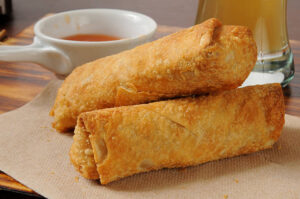Danny Seraphine- “Take Me Back To Chicago Tour” Featuring CTA (Sport of Kings Theater at Gulfstream Park Racing and Casino- Hallandale Beach)
Originally posted on February 5th, 2022.
* Danny Seraphine- “Take Me Back To Chicago Tour” Featuring CTA.

Tickets Just Went On Sale…

Danny Seraphine- “Take Me Back To Chicago Tour” Featuring CTA.
THURSDAY, MAY 26TH, 2022 (8:00 PM – 9:30 PM EST)
Gulfstream Park inside The Sport of Kings
Sport of Kings Theater at Gulfstream Park Racing and Casino
901 Federal Highway, Hallandale Beach, Florida 33009
Tickets Online: ($35-$75) seasidemusicmgmt.com gulfstreampark.com
From seasidemusicmgmt.com:
About This Event
Golden Ticket Concert Series Hosted by Patrick Lamb Presents “The legendary music of Chicago comes alive with CTA featuring Chicago founder and Rock & Roll Hall of Fame inductee Danny Seraphine. The CTA band and their powerful horn section, CTA performs Chicago’s classic hits from the 70’s like 25 or 6 to 4, Feeling Stronger, and Saturday in the Park and also includes the 80’s power ballad era including Hard Habit to Break, You’re the Inspiration, and Look Away. It’s a night of nothing but classic hit music with Danny Seraphine’s Take Me Back To Chicago Tour.”
























